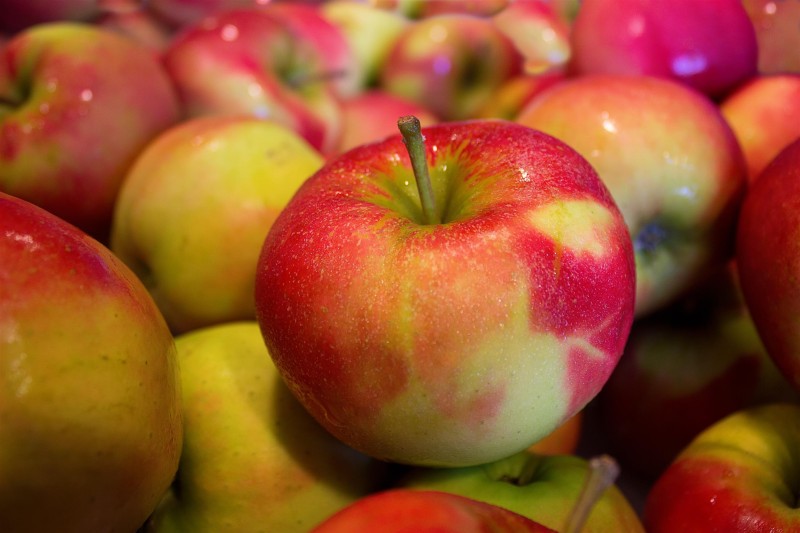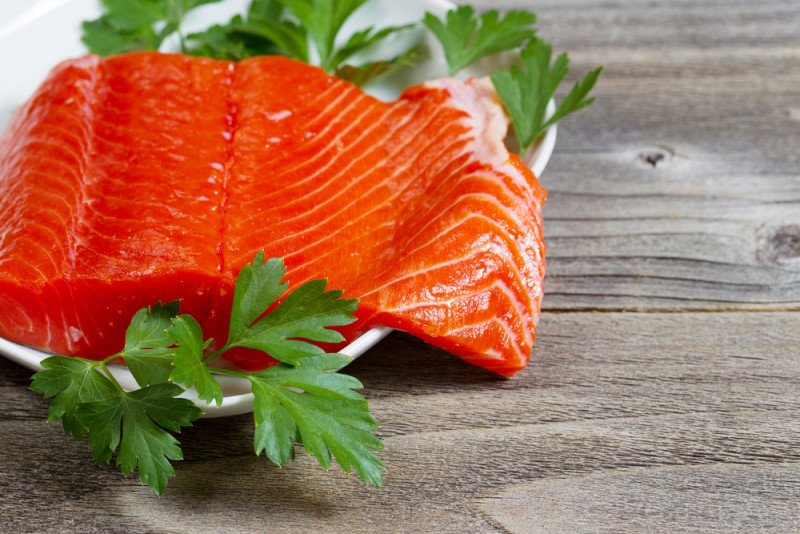Just when you think you’re on the right track to healthy eating, you find out that your food is hiding something. Unfortunately, the food industry has several secret ways of making their products look more appealing. The shiner the fruit, the better, right? Keep up-to-date on their tricks, so you can choose the right products at the grocery store and avoid toxic food.
Here are 6 ways the food industry tricks you into eating fake, toxic food:
1. Using Food Dyes
Oranges that grow early in the season might not be orange enough to attract consumers. That’s why some Florida growers spray their oranges with Citrus Red No. 2. It’s an artificial dye that is also toxic to rodents. If your oranges are dyed, it may not be on the label, so make sure you avoid using orange zest or peel from non-organic oranges. (1)
2. Coating Produce With Wax
Produce growers also wax their harvests. This practice helps fruit and vegetables survive the journey to grocery stores. While the main reason is to reduce water loss (wrinkly peppers, anyone?), this process can also protect against fungal growth. Several different types of waxes are on the market. Yes, some are natural, while others are petroleum-based. Produce coated with wax isn’t labeled, but organic produce doesn’t contain petroleum-based waxes. (2)

3. Giving Chicken A Chlorine Bath
Believe it or not, the USDA allows poultry producers to put their poultry into an antimicrobial wash. This wash uses chlorine and other chemicals to kill pathogens. Workers in these plants have reported health problems caused by the chemical washes, including asthma and other respiratory problems. There’s no telling how much of the chlorine residue remains on the chicken when you eat it. (3)
4. Coloring Farm-Raised Salmon Pink
What gives salmon its coral pink color? Well, for wild salmon, it the diet, full of vitamins, minerals and antioxidants. Specifically, the antioxidant astaxanthin gives salmon its pink color. Farmed salmon, on the other hand, get an artificial diet of grain products, including corn, soy, artificial coloring, and synthetic astaxanthin. Farmers add this synthetic antioxidant to the diet specifically to turn their flesh pink. This mimics natural salmon. Without it, farmed salmon would be a grey color. (4)

5. Using Food Dyes On Every Food Group
From grains to meats, no food group is safe from the food industry. For example, both wheat bread and roast beef deli may contain caramel color. Food companies add yellow dye to help pickle spears look more appealing. A recent report revealed that nine of the food dyes currently enjoying GRAS status in the United States are linked to health issues, ranging from cancer and hyperactivity to allergic reactions. Red #40, Blue #2 and Yellow #5 are used in candies, beverages, baked goods, cereal, and more. (5)
6. Mixing In Cheaper Ingredients
Take olive oil, for instance. According to the USP Food Fraud Database, even extra virgin olive oil is often diluted with other less expensive oils. The olive oil in your kitchen cupboard may actually contain hazelnut, soybean, corn, palm, or sesame oil. And unfortunately, these oils won’t be listed on the ingredient label, which makes it hard to know if you’re buying pure olive oil. (6)
Another example is honey. What? Yes, food companies may mix honey with high fructose corn syrup or just water to make a better margin on the sale. While honey is a natural raw food that can be therapeutic, adulterated honey may lead to high blood sugar levels and other problems – a toxic food indeed. (7)
Do some research to make sure you’re buying the good stuff!
Watch the video below for more secret food industry tricks:


